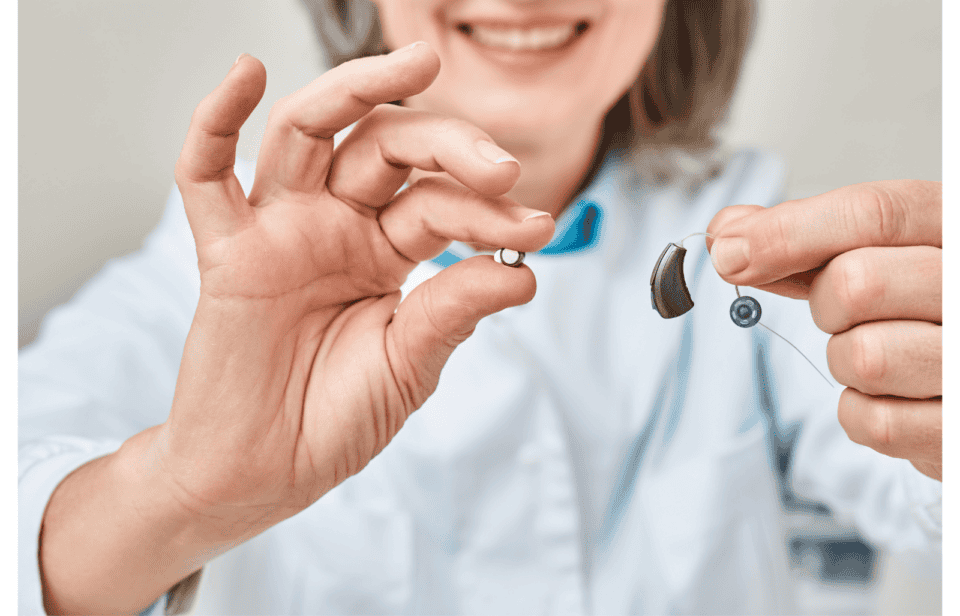
How to Clean and Care for Hearing Aids
Regular cleaning of hearing aids prevents the buildup of earwax, moisture, and dirt. These can cause serious damage or reduce the effectiveness of the device. Keeping hearing aids clean ensures a better sound quality and prolongs their life of use. Therefore, it is wise to have an established daily cleaning routine.
Daily Cleaning Routine
A daily cleaning routine only takes a few minutes and makes a big difference in the performance of the hearing aids. Here’s a simple step-by-step guide:
- Remove the hearing aids: Before starting, take out the hearing aids and switch them off. This prevents any accidental settings change.
- Inspect for damage: Take a close look at each hearing aid. Check for any cracks, loose parts, or other signs of wear and tear.
- Brush away debris: Use a soft, dry brush to gently remove any earwax or dirt. Pay attention to small openings and microphone ports.
- Clean the earpiece: If the hearing aid has an earmold, use a clean, dry cloth to wipe it down. Avoid using any liquids unless recommended by the manufacturer.
- Check filters and domes: Some hearing aids come with wax guards or filters. Check these regularly and replace them if dirty or clogged.
Weekly Deep Clean
In addition to daily cleaning, a more thorough cleaning is recommended at least once a week. This helps remove any stubborn buildup and keeps the hearing aids in excellent condition.
- Disassemble parts: Carefully remove any detachable parts, such as the earmold or dome. Different hearing aids have different detachable components, so be sure to review the user manual for specific instructions.
- Use specialized tools: Invest in a hearing aid cleaning kit. These kits usually include small brushes and picks that help access hard-to-reach areas.
- Clean the microphone: Pay special attention to the microphone area. Use a small brush or a soft, dry cloth to clear away any debris.
- Avoid moisture: Never use water or cleaning fluids that are not specifically designed for hearing aids. Excess moisture can damage the sensitive electronics inside.
Protecting Hearing Aids from Moisture
Moisture is one of the biggest enemies of hearing aids as it can cause serious, sometimes irreparable damage. Therefore, taking steps to keep the hearing aids dry is critical.
- Use a dehumidifier: Consider investing in a hearing aid dehumidifier. These devices help remove any moisture that may accumulate during the day or night.
- Remove before showering or swimming: Never wear hearing aids while showering, swimming, or in heavy rain. Even water-resistant models can fail if exposed to water for prolonged periods.
- Wipe after use: Wipe down the hearing aids with a clean, dry cloth after use, especially after heavy perspiration or exposure to humidity.
Professional Maintenance
Regular professional check-ups are also important. Hearing health professionals can provide thorough cleanings and inspect for any technical problems.
- Schedule regular check-ups: Aim for a professional check-up at least once every 6 months. Hearing health professionals can clean parts that are hard to reach and adjust any settings if necessary.
- Listen for changes: Always be attentive to any changes in hearing aid performance. If sounds become muffled or inconsistent, it’s time for a professional check-up.
Conclusion
Proper care and cleaning of hearing aids ensure that they continue to provide pristine sound quality and remain in good condition for years to come. By following a daily cleaning routine, and scheduling regular professional check-ups, your hearing aids will continue to enrich your life with the sounds of the world.
